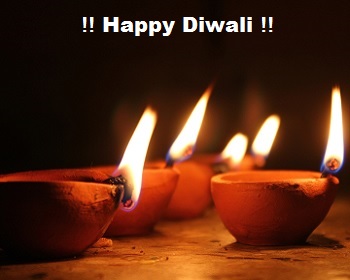Garba Dance Forms:
Navratri means Garba season. It’s the time when you dance until you cannot stand any longer. If you are looking forward to learn the steps of Garba Dance, the following steps can help you learn:

- The scissor step
- The clap and snap step
- The ek thali and turn step
- The forward bend clap step
- The teen taali step
- The two-step dodhiyu with a turn step
- The do-taali step
- The four step dandiya step
- The 1101 step
How to Play Garba Dance - Learn Dandiya Steps:
During the dance, people can be seen in the bright colors attire like red, yellow, pink, maroon and other bright colors. Ladies wear the Ghanghra Choli or Chaniya Choli aaand uses the matching Dupatta. Ladies put the two-three heavy neclaces in their neck, bangels in hand and Kamar bandh in their waist.






